API (Application Programming Interface) design is a critical facet of software development, shaping how different software components communicate and interact. A well-designed API not only facilitates seamless integration between systems but also enhances scalability, maintainability, and overall system performance. As organizations increasingly rely on distributed architectures and microservices, the ability to create effective and intuitive APIs becomes paramount.
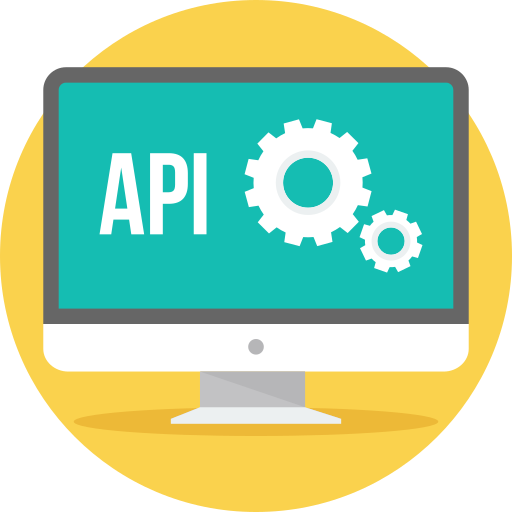
In this comprehensive guide, we delve into API design interview questions and answers, covering a spectrum of topics that assess a candidate’s understanding of best practices, architectural principles, and the nuances of crafting APIs. From the fundamental concepts of REST and gRPC to security considerations, versioning strategies, and error handling, these questions are crafted to evaluate a candidate’s proficiency in creating APIs that meet the demands of modern software development.
Whether you are a candidate preparing for an API design interview or an interviewer seeking insightful questions, this resource aims to provide a thorough exploration of the key areas within API design. Let’s navigate through the intricacies of API design together, gaining a deeper understanding of the principles that underpin effective and robust API architectures.
Here are some common API design interview questions:
#1 What is an API, and why is it important in software development?
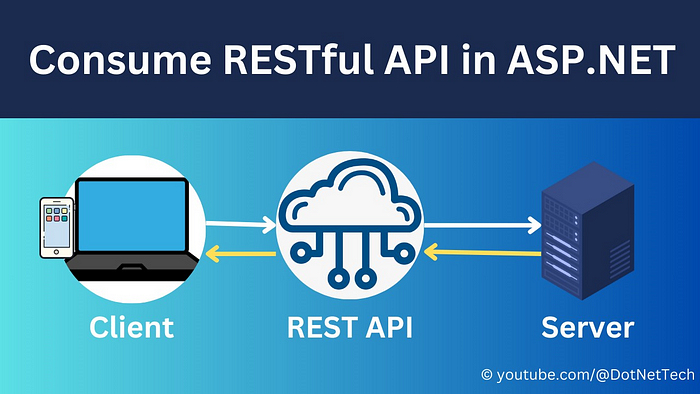
Answer: An API (Application Programming Interface) defines a set of rules for how software components should interact. It allows different software systems to communicate and enables the integration of diverse applications. APIs abstract away implementation details, promoting modularity and maintainability.
#2 What is the difference between REST and SOAP?
Answer: REST (Representational State Transfer) is an architectural style that uses stateless communication over HTTP, while SOAP (Simple Object Access Protocol) is a protocol that uses XML for message formatting and can be transported over various protocols, including HTTP.
#3 Explain the principles of RESTful design.
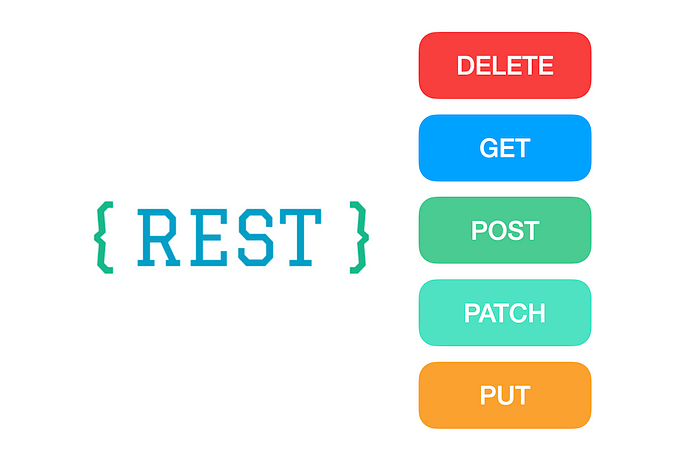
Answer: RESTful design principles include stateless communication, resource-based architecture (identifiable resources with unique URIs), representation of resources, and a set of standard, stateless operations (HTTP methods like GET, POST, PUT, DELETE).
#4 What are HTTP methods, and how are they used in RESTful APIs?
Answer: HTTP methods (GET, POST, PUT, DELETE, etc.) define the operations that can be performed on resources in a RESTful API. For example, GET is used for retrieving a resource, POST for creating a new resource, PUT for updating an existing resource, and DELETE for removing a resource.
#5 Explain the concept of versioning in API design.
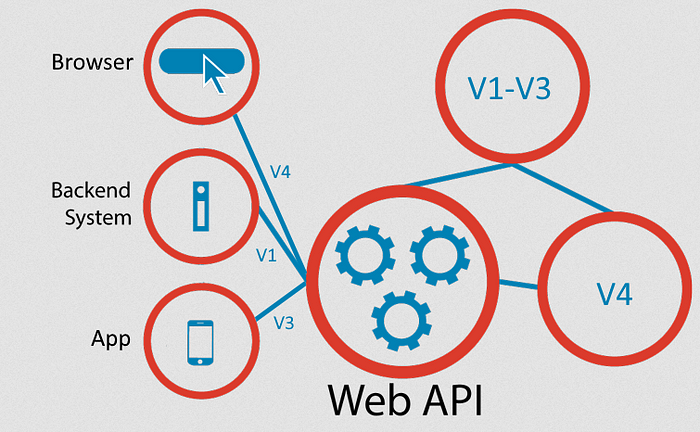
Answer: API versioning is the practice of managing changes to an API. It can be implemented through URI versioning (e.g., “/v1/resource”) or header versioning. Versioning helps ensure backward compatibility and smooth transitions for clients when the API evolves.
#6 What is idempotence, and why is it important in API design?
Answer: An operation is idempotent if performing it multiple times has the same result as performing it once. In API design, idempotence is essential for safety, especially in scenarios where requests might be retried due to network issues or other failures.
#7 How would you handle authentication in your API?

Answer: Discuss various authentication mechanisms, such as API keys, OAuth, or JWT (JSON Web Tokens). Consider the security requirements of the API and choose an authentication method that aligns with those requirements.
#8 Explain rate limiting and how it can be implemented in an API.
Answer: Rate limiting is a mechanism to control the number of requests a client can make to an API within a specified time frame. It helps prevent abuse or overuse of resources. Implementation can involve setting limits based on IP addresses, user accounts, or API keys.
#9 What are status codes in HTTP responses, and why are they important?
Answer: HTTP status codes indicate the success or failure of a request. Familiarity with common status codes (e.g., 200 OK, 404 Not Found, 500 Internal Server Error) and their meanings is crucial for effective API communication and error handling.
#10 How do you handle versioning of your API’s data formats (e.g., JSON)?

Answer: Discuss strategies such as using version numbers in the media type (e.g., “application/vnd.company.v1+json”), custom headers, or content negotiation (Accept header). Explain the pros and cons of each approach.
#11 What is content negotiation, and how does it work in the context of API design?
Answer: Content negotiation is the process by which a client and server agree on the format of the data being exchanged. In API design, this often involves the use of the Accept header in the HTTP request to indicate the preferred response format (e.g., JSON or XML).
#12 Explain the concept of HATEOAS in RESTful APIs.
Answer: HATEOAS (Hypermedia as the Engine of Application State) is a principle in RESTful APIs where the server provides links or navigation information within the response to guide the client on the next set of actions. It enhances the discoverability and dynamic nature of the API.
#13 How would you handle errors in an API, and what are some common HTTP error codes?
Answer: Discuss the importance of providing meaningful error messages, using appropriate HTTP status codes (e.g., 400 Bad Request, 401 Unauthorized, 404 Not Found), and including error details in the response payload. Consider how to handle different types of errors, such as client errors and server errors.
#14 What are the benefits and challenges of using JSON Web Tokens (JWT) for authentication?

Answer: Explain how JWTs can securely transmit information between parties and provide stateless authentication. Discuss considerations such as token expiration, payload size, and the importance of secure token storage. Mention potential challenges like token revocation.
#15 How would you design pagination in a RESTful API?

Answer: Discuss the use of query parameters, such as page and pageSize, to implement pagination. Explain how to provide links to the next and previous pages in the response, allowing clients to navigate through large sets of data efficiently.
#16 What is CORS (Cross-Origin Resource Sharing), and how do you handle it in your API?
Answer: CORS is a security feature implemented by web browsers to restrict web pages from making requests to a different domain. Explain how to configure the API server to include the appropriate CORS headers and handle cross-origin requests safely.
#17 How do you design an API for long-running processes or tasks?
Answer: Discuss approaches such as asynchronous operations, webhooks, or providing endpoints to check the status of long-running tasks. Consider how to handle timeouts and provide feedback to clients about the progress of their requests.
#18 Explain the principles of RESTful hypermedia controls and how they contribute to API flexibility.
Answer: Discuss how hypermedia controls embedded in API responses can guide clients by providing links and actions dynamically. This enhances flexibility and reduces dependencies on hardcoded URLs, making the API more adaptable to changes.
#19 What is GraphQL, and how does it differ from REST?
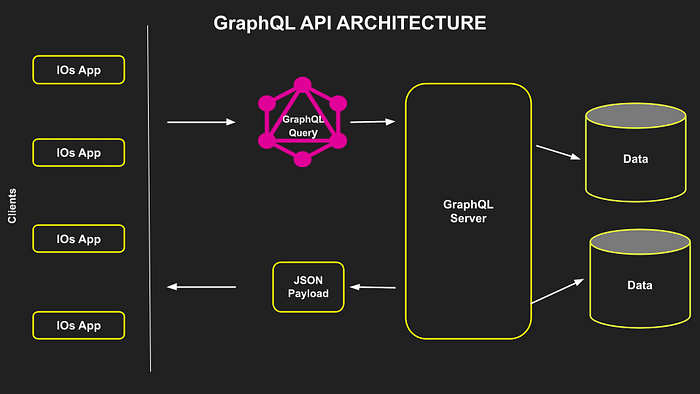
Answer: GraphQL is a query language for APIs that allows clients to request only the data they need. Compare GraphQL to REST in terms of flexibility, efficiency, and the way data is fetched, highlighting scenarios where one might be preferable over the other.
#20 How would you ensure the security of your API, especially against common vulnerabilities like SQL injection or cross-site scripting (XSS)?

Answer: Discuss the importance of input validation, parameterized queries, and escaping user input to prevent common security vulnerabilities. Explain the use of HTTPS for secure communication and considerations for handling sensitive data.
In the ever-evolving landscape of software development, API design stands as a cornerstone for building resilient, scalable, and interoperable systems. The questions and answers explored in this guide serve as a compass, guiding both interviewers and candidates through the intricate terrain of API design considerations.
As we conclude this exploration of API design interview questions, it becomes clear that a comprehensive understanding of RESTful principles, gRPC, authentication mechanisms, error-handling strategies, and other crucial facets is essential. Crafting APIs that not only meet functional requirements but also adhere to best practices is a skill set highly sought after in today’s technology-driven environments.
Whether you are a seasoned API architect looking to refine your knowledge or a candidate preparing for an interview, the insights provided here aim to deepen your understanding of the nuances inherent in API design. From fundamental concepts to advanced considerations, the journey through these questions offers a holistic view of the principles that underpin effective and elegant API architectures.
As APIs continue to play a pivotal role in shaping the interconnected nature of modern applications, the knowledge gained from this exploration contributes to a solid foundation for navigating the complexities of API design with confidence and proficiency. May your API design endeavors be marked by ingenuity, adaptability, and a commitment to building interfaces that stand the test of time.
